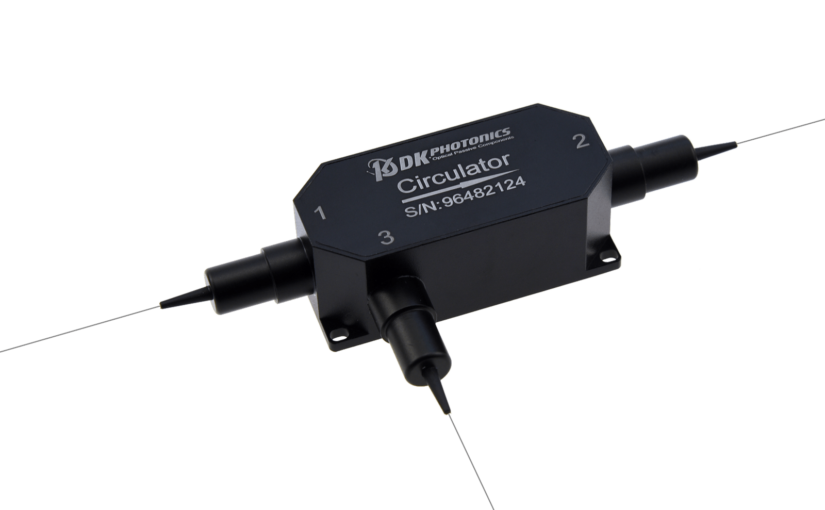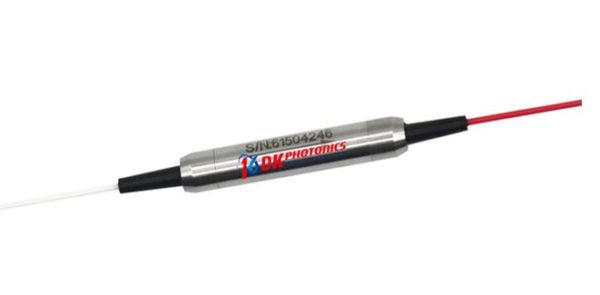In the realm of modern optics and telecommunications, the seamless transmission of information is paramount. Amidst the complexities of signal propagation, one crucial component plays a pivotal role in maintaining signal integrity: the polarization-insensitive optical isolator. This technology stands as a testament to innovation, ensuring that signal pathways remain robust and reliable in the face of polarization challenges.
The Essence of Optical Isolators
Optical isolators serve as guardians of signal integrity, preventing undesired feedback and maintaining the unidirectional flow of light within optical systems. Their primary function is to permit light to travel in one direction while blocking it from returning in the opposite direction, thus mitigating signal degradation and ensuring optimal performance.
Polarization Sensitivity: An Ongoing Challenge
Traditional optical isolators have long grappled with polarization sensitivity, where the performance of these devices is contingent upon the input polarization state. This sensitivity often leads to signal degradation, compromising the efficiency of the isolator and the overall transmission system.
The Evolution: Polarization-Insensitive Optical Isolators
The advent of polarization-insensitive optical isolators marks a significant leap forward in optical technology. Unlike their predecessors, these isolators are designed to function seamlessly across varying polarization states. They offer a level of versatility and reliability previously unattainable, making them a cornerstone in contemporary optical systems.
Key Technological Innovations
The construction of polarization-insensitive optical isolators involves intricate design and specialized materials. Innovative approaches, such as nonreciprocal magneto-optical effects and advanced Faraday rotators, contribute to their remarkable performance. These isolators can effectively manage light regardless of its polarization state, ensuring consistent and robust signal transmission.
Applications in Telecommunications
The deployment of polarization-insensitive optical isolators finds widespread application in telecommunications networks. From fiber optic communications to laser systems and beyond, these isolators play a vital role in maintaining signal fidelity, reducing noise, and enhancing overall system efficiency.
Future Prospects and Advancements
Continued advancements in optical technology are poised to further refine and enhance polarization-insensitive optical isolators. Future iterations may witness improvements in size, efficiency, and adaptability, fostering even greater integration into diverse optical systems.
Conclusion
Polarization-insensitive optical isolators represent a groundbreaking innovation in the realm of optics, addressing longstanding challenges associated with polarization sensitivity. Their ability to maintain signal integrity across various polarization states marks a significant stride in ensuring robust and reliable optical communication systems. As technology continues to evolve, these isolators will remain indispensable, safeguarding the seamless transmission of information in an increasingly interconnected world.

